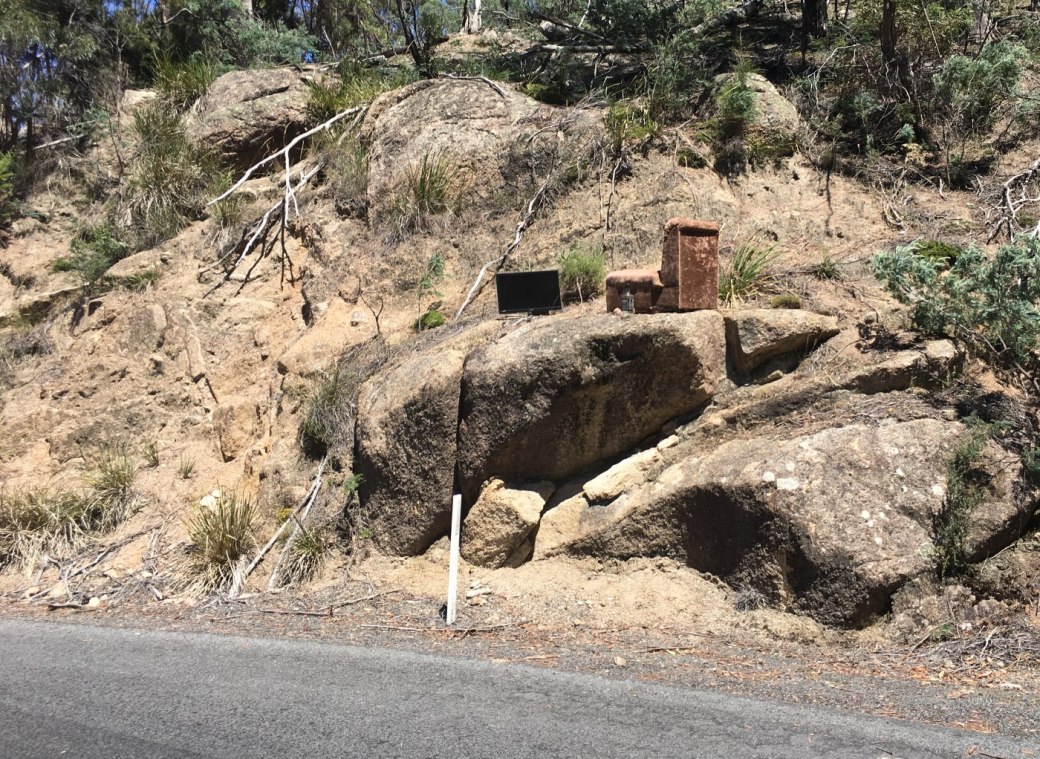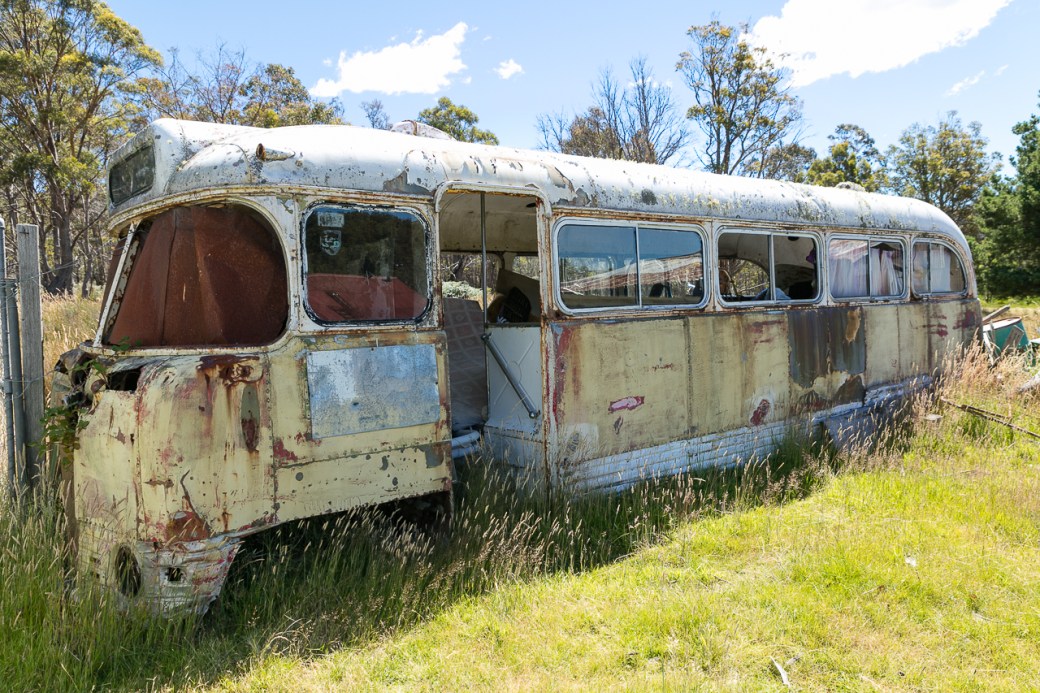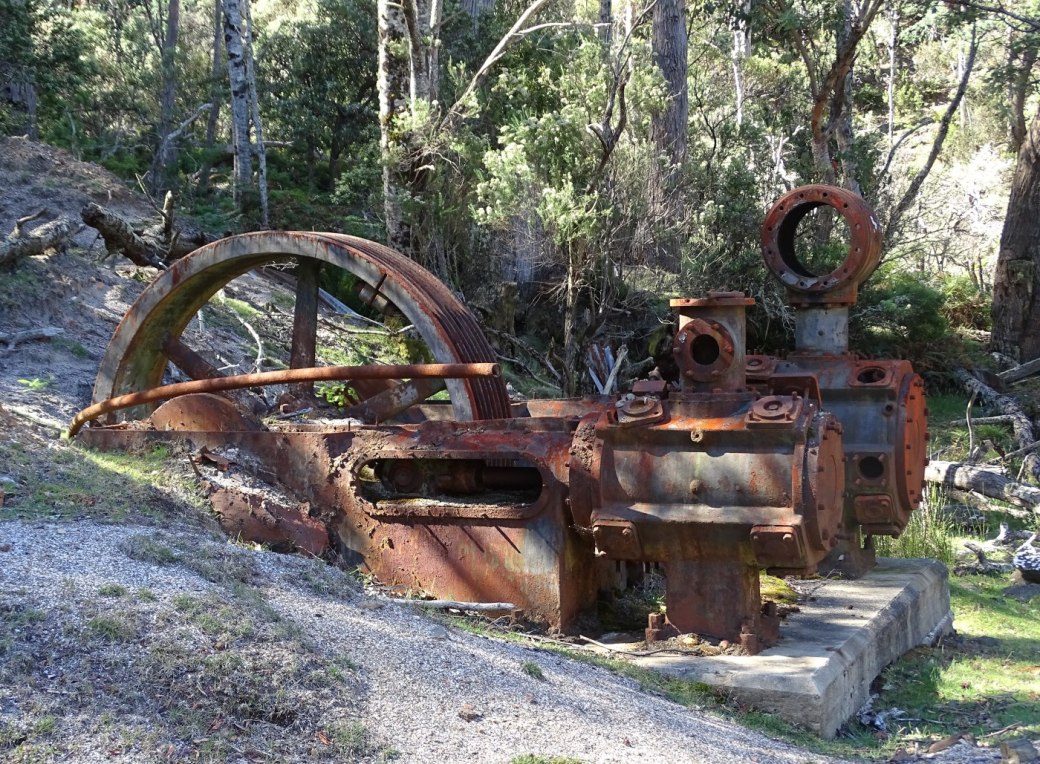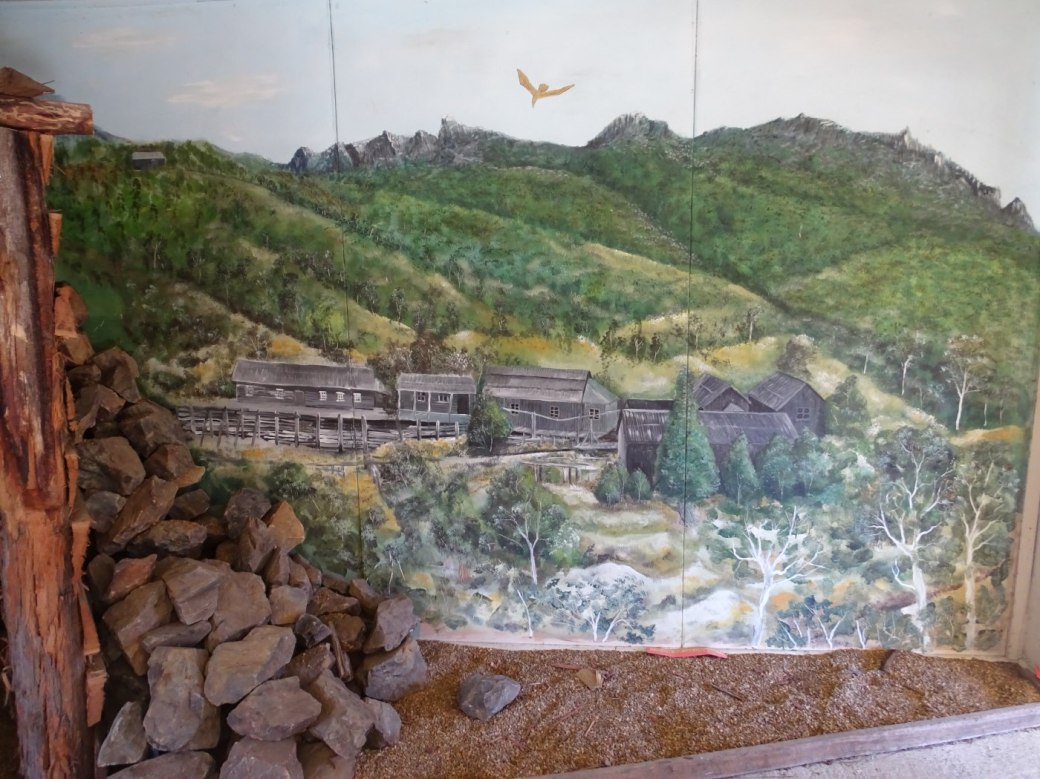26th January is Australia Day. Marking the anniversary of the landing of the “first fleet” of convict ships from the UK in 1788[1] it is not without controversy, recording, as it does, the beginning of the immigration of non-indigenous people to this country, with all that later resulted for the Aboriginal people. It also marks the commencement of the appalling policy of the U.K to “transport” anyone convicted of even minor crimes to an unknown fate on the other side of the world.
But for most Aussies, the origins of the day are less important. It’s a public holiday, an excuse to put up some bunting and maybe have some friends round for a few drinks and a traditional barbie or family meal before watching the fireworks. Unlike many other holidays, it is nice that Australia Day remains a largely family and community day and has not been polluted by the rampant commercialism of so many other public holidays.
For us on our travels, lacking any invites to barbies or any other Australia Day event, we’d largely been oblivious to the date, I’m sorry to say, except to note that most things would be closed. We’d been staying in a small town called Ross which is situated more or less in the middle of Tasmania and is a popular stopping off point for tourists, as it still retains much of its original colonial character, with stone built buildings and tree lined avenues. But Ross’s quiet and peaceful appearance hides a dark and unpleasant part of the country’s history.
We’d spent the morning visiting the town’s main “attraction”, a female-only convict prison which housed British convicts who had been transported in the mid 19th Century. While we mostly think of the transported convicts as being men, there were also many many women who also suffered this fate. In fact, many of the women who were transported and imprisoned in the Ross “Female Factory”, as it was known, were only teenagers, living in dire poverty and convicted of what we would consider trivial crimes. The typical sentence handed down to many of these girls, who may have been guilty of nothing more than stealing some food, was “seven years transportation”; in other words, they would be shipped to Australia, where they would serve a term of not less than seven years, usually as convict labourers. Those who survived the long sea journey to “Van Diemens Land” as Tasmania was then known, had to tolerate appalling conditions, with strict rationing and a brutal prison regime. The lucky ones who behaved themselves might be placed in domestic service – but any sign of rebellion could result in months or years in solitary confinement. Many prisoners went mad under such treatment and of those who survived the dreadful conditions and inhumane punishments, very few ever returned home.

The bridge at Ross, midway between Launceston and Hobart. The bridge was constructed with convict labour.

The old bakery at Ross.
So, after an hour or so learning about the horror that was the Ross Female Factory we felt we needed something a little more fun to do – so we jumped into the Land Rover and headed out to find somewhere nice to have a picnic and maybe an afternoon walk. Our approach to traveling is a simple one. We find an interesting road and we follow it to see where it takes us. If the road is on the map, that’s great, but if it isn’t, then so much the better. We’ve certainly had some of our more interesting adventures this way and some of our hairier moments, too.
With this policy very much in place, we found ourselves driving up a single track road up into the mountains some 40 kms outside of Ross. Passing a TV and chair set up by the side of the road, it was clear that we were somewhere unusual.

We never did discover the reason why a TV and chair were set up by the side of the road, but we suspect the empty bottle of Jack Daniels was something to do with it!
A few kms further on, we found a nice spot by a creek, with attractive yellow tinged rocks where we set up the table and chairs and had a leisurely lunch with the dogs paddling in the creek. As it was still early afternoon, we headed onwards up into the hills, and a little further on, we arrived in a small village, which, to put it nicely, had seen better days. A few houses were apparently still cared for, but others had clearly been unoccupied for years. Many had disintegrated completely, and the phrase “tumbledown” was quite literally true. All that remained was a heap of old timber and rusted corrugated iron. For some, only a lonely mailbox in front of a cleared space indicated that, at some time, someone had lived there, but of their house, nothing now remained.

Tanya preparing lunch. Spot who is particularly hopeful about getting a cheese sandwich for lunch! Also notice the yellow tinges to the rocks in the creek.
But in the bright January sunshine, there was a strange beauty in the weathered and split timbers and rusted iron roofs, and the tales that they had locked up inside them. What were these old houses and how come they had been left to dissolve back into the forest like this? We stopped for Tanya to take a few pictures of a particularly photogenic ruin, before we continued on our way, the mystery of this half-forgotten town likely remaining unsolved. Or so we thought.

An old bus in Rossarden, slowly returning back into the landscape.

One of the old abandoned cottages of Rossarden.
“You can buy it if you like”, a voice behind Tanya announced, as she lined up the camera to capture the best angle for the tragic remnants of the house.
“Oh really?”, she exclaimed, slightly surprised by the offer.
“Yes, it’s been for sale for ages”, the voice continued.
We didn’t discover what the asking price was for the tumbledown shack, and I doubt we would have been tempted in any case, but “John”, who had seen Tanya with her camera and come to introduce himself, was happy to chat about the village and its history.
It turned out that John and his wife had owned a place in the village for thirty years and had spent a lot of time up there, when work commitments allowed. They had found the place, much as we had, just driving through the countryside one weekend. However, when he arrived in Rossarden, as the village was called, there was an auction going on, and properties were being sold off for $500 apiece. Yes, $500 for a house. No running water, or other amenities, but for $500 – John knew a bargain when he saw one and bought a property on the spot – literally without even knowing which house he had bought! Fortunately for him, he’d snagged a great spot just off the “main” road and in the intervening years, he has turned a basic old miner’s cottage into a full residence, now with all modern amenities.
Pleased to have visitors who were interested in the village, he even introduced us to his family, who were visiting him from Launceston and Melbourne. Bevan, his son, was a frequent visitor who had a deep knowledge of the area and was delighted to share some of the history of the region.
From Bevan and John, we discovered that Rossarden was once a thriving mining town, supported by the Aberfoyle Mining company, who had built the town in the 1930s to service their new tin and tungsten mine, a few km further up the road. And for 50 years, the Aberfoyle mine had employed over 200 miners, supporting a thriving town of over 1000 people. In its heyday, the town had a school, bakery, road house, post office, church and all the trappings of a country town. Indeed, by 1947, the mine was responsible for some 50% of Tasmania’s total tin production and Rossarden was well and truly on the map. By the 1960s, things were starting to slow. New owners, and the economics of extraction, meant that in 1982, without any warning, the mine was suddenly closed and the entire workforce laid off. Within a few months, the town’s population had plummeted, and many miners, bitter about their treatment, chose to torch their houses rather than have them bought for a pittance by outsiders. That explained many of those empty spots, where once a house had stood. The miners who remained, and those who have moved here since, are touched by the beauty and remoteness of the location. Even though the shops are long gone and Rossarden has largely been forgotten, it really is in a spectacular spot. Sitting under a dramatic craggy mountain known as Stacks Bluff, and completely surrounded by stunning eucalyptus forests, it is a very long way off the tourist track and an amazing spot for those who want to enjoy the solitude and wilderness.

Bailey and Saffy enjoying their day out exploring around Rossarden
And even more extraordinary was the hospitality and friendliness of the inhabitants.
From Bevan and John, we learnt of another mine, called Storey’s Creek, which had started back in the 1880s, operating a few kms into the forest, and remnants of that old mine can still be found, if you know where to look. But rather than just give us some rough directions, we were incredibly touched when Bevan and his family offered to give up their afternoon to take us on a tour of the old mines. Rounding up his brother’s family Michael, Catherine, Alexia and Spencer, he set out to show us the history of Rossarden and Storey’s Creek. Stopping first at the pile of tailings from the Aberfoyle mine, we could see, first hand, what was left behind from the mine – even though it is now 35 years since the mine closed.

Tailings from the Aberfoyle mine with burnt out cars adding to the sense of neglect.
Deeper into the forest, and a short walk from the old road, Bevan led us to the old Storey’s Creek mine. The forest has largely overtaken the site, yet old mine shafts are still visible in the sides of the hills and metal rails and the rusted remains of huge iron winches and pulleys still sit among the trees, slowly mouldering away under time’s relentless pummelling. Even the old bridge that once spanned the creek has gone – and only the hut used to store the explosives for the mine is still standing (it was heavily reinforced because of its contents). Further up the road, where the miners had lived, you could see the collapsed remains of the stables and empty spots were cottages had once stood. Even a small museum, built to record the lives of those who lived and worked there has been abandoned, and a mural, miner’s cage and old mine bucket are virtually all that is left. Bevan’s enthusiasm and love of the area was infectious however, and despite the sense of decay and neglect, exploring these old spots created a sense of discovery and wonder.

Bevan explaining the old mine history to me, with Michael and Spencer looking on.

The old Magazine from the Storey Creek mine. This was used to store the explosives used in the mine.

Rusting old mining equipment from Storey Creek mine.

A mural in the abandoned museum showing Storey’s Creek mine

Bevan demonstrating the old miner’s cage used to descend into the mine. Not for the claustrophobic.
The romance of these forgotten towns and their history is tempered by what they leave behind. The Aberfoyle mine has left huge piles of tailings on which nothing will grow. Even worse, the tailings and toxic waste left behind from the Storey’s Creek mine still pollute the water, and mean that Rossarden inhabitants can’t use the water from the creek. Attempts to clean up the mine’s legacy have largely been unsuccessful, and the yellow rocks that we had admired during our picnic are stained yellow from the mines toxic remains still leaching into the water, some 80 years after the mine closed. What should be clean mountain water is poison – to people and wildlife for generations.
By now, it was getting late in the afternoon, and we felt we had impinged enough on these kind people, so we said goodbye and headed back to Ross, passing back through Rossarden, now with a deeper understanding of what the little town has gone through.

Looking towards Stacks Bluff. In the foreground is where a Storey’s Creek miner’s cottage would likely have stood.
It was an extraordinary experience for us, and one that we could never have enjoyed without the time and generosity of Bevan and his family. What sticks with us, from our Australia Day, is not only the hidden histories of convicts and miners, but the incredible generosity and kind spirits of those who took the time to share their day with us, unbidden. Whatever the debates about what Australia Day represents, for us seeing a sense of community, sharing and a deeper and profound understanding of the land – both European and indigenous, is what I like to think the day should stand for.
[1] Actually technically it marks the date when the fleet moved from its landing point in Botany Bay to Sydney Harbour, but let’s not get pedantic.
Would that the rest of the world shared the same generosity!
LikeLike
I’d like to think you can find generosity anywhere!
LikeLike
Pingback: Fairy Tale of Wimmera | Four Corners Australia